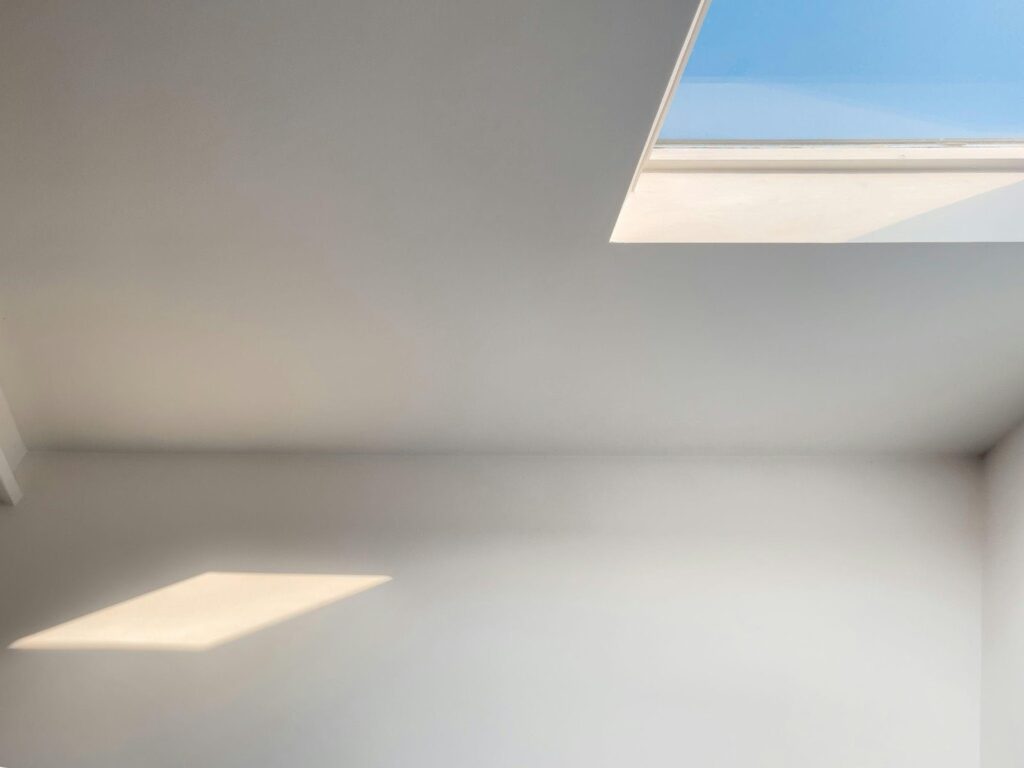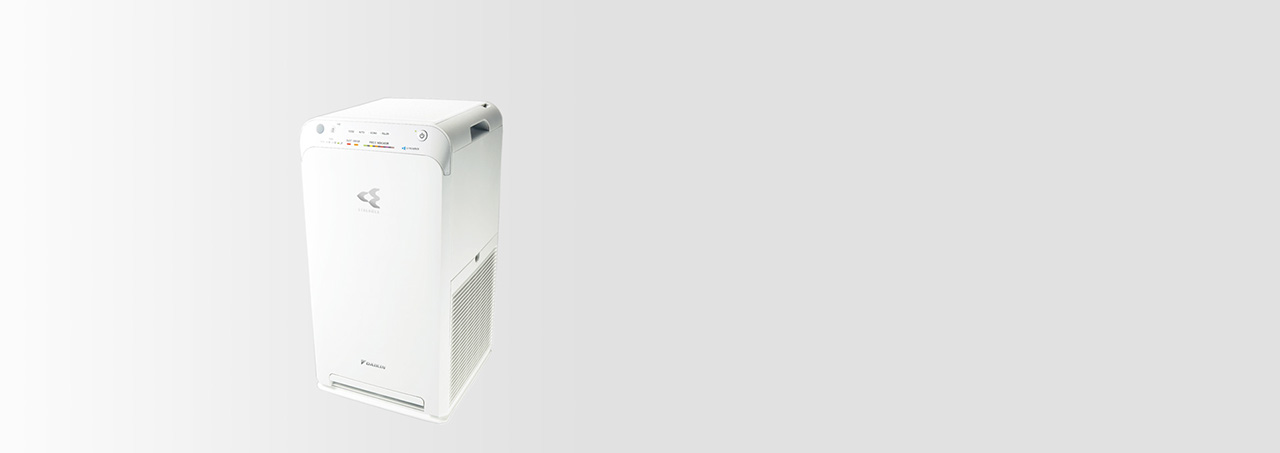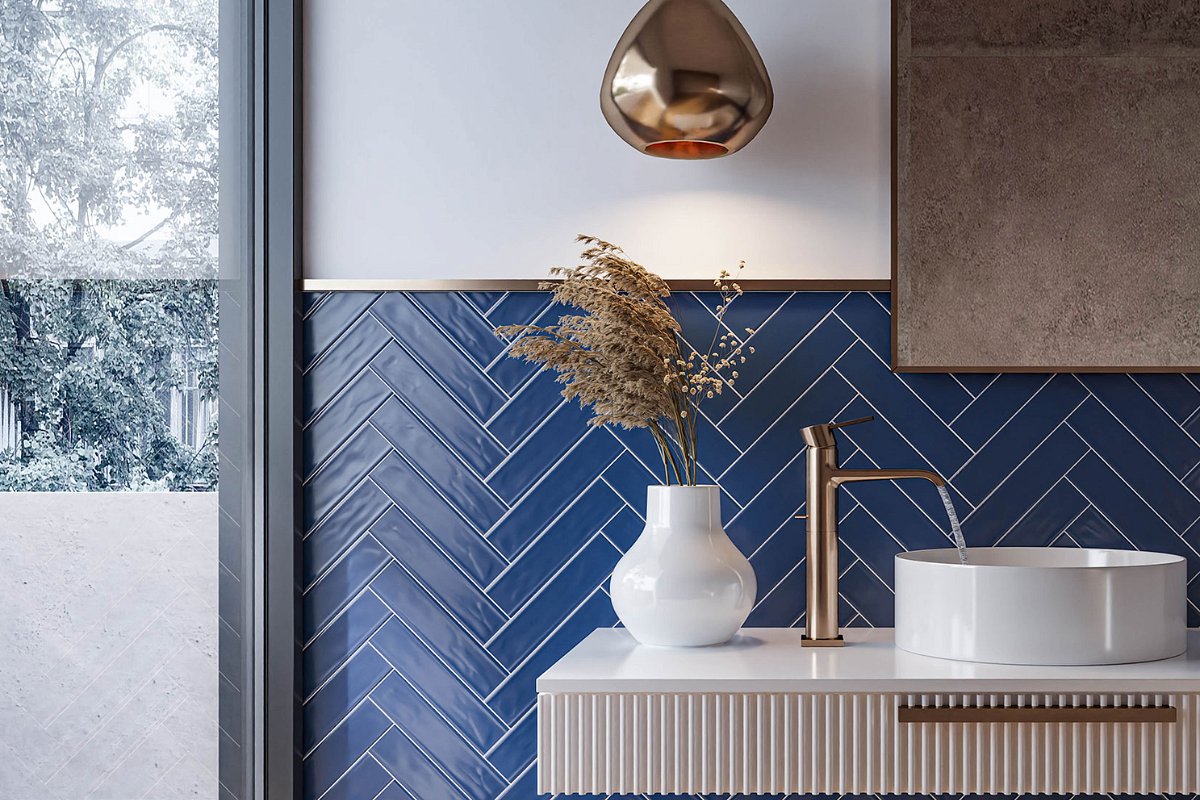As UK summers grow warmer and heatwaves become more frequent, businesses face increasing pressure to maintain a comfortable, productive indoor environment. Air conditioning is no longer a seasonal luxury; it’s a year-round investment in employee well-being, customer satisfaction and energy efficiency.
This in-depth guide explores how UK businesses can prepare for hotter months by making smart, energy-conscious decisions about air conditioning systems. Whether you’re operating a corporate office, retail unit or hospitality venue, the principles remain the same: well-maintained systems work harder, last longer and save money.
Why Efficient Air Conditioning Matters
Boosting Employee Productivity
The indoor climate significantly influences concentration and output. Studies have found that productivity starts to drop by around 2% for every degree above 25°C. Cognitive tasks become harder, decision-making slows, and morale dips in stuffy, uncomfortable environments.
Temperature management in the range of 22°C to 25°C is considered optimal. By keeping within this threshold, businesses are not only creating comfortable working conditions but also safeguarding performance across teams.
Supporting Health and Well-being
Modern air conditioning systems do more than regulate temperature. They play an important role in maintaining indoor air quality by filtering out dust, pollen, and airborne contaminants. Well-maintained AC units help reduce respiratory problems and allergy triggers, creating a healthier environment for employees and visitors alike.
Additionally, systems that keep humidity in check prevent the growth of mould and bacteria, which can pose health risks in poorly ventilated buildings.
Maintenance: The Cornerstone of Reliability
Scheduled Professional Servicing
Regular checks by a certified HVAC technician are essential to keeping your system in prime condition. Engineers will assess refrigerant levels, test for leaks, clean internal components, and ensure all parts are functioning as intended. For larger installations, a TM44 inspection is legally required every five years under UK regulations if the system’s cooling capacity exceeds 12kW.
Preventative maintenance reduces the chance of breakdowns during hot spells, extends equipment lifespan and helps ensure compliance with manufacturer warranties.
Filter Replacement and Coil Cleaning
Dirty filters are one of the most common culprits of poor AC performance. They restrict airflow, forcing systems to work harder and reducing efficiency. Filters should be replaced every three months during peak use or more often if your environment generates higher levels of dust or airborne particles.
Coils should also be checked annually. A thin layer of dirt (as little as 1mm) can reduce cooling efficiency by more than 20%.
Thermostat Optimisation
Set for Comfort and Savings
Setting your thermostat to 22°C during working hours is generally considered ideal for balancing comfort and energy usage. With smart thermostats, you can programme schedules based on occupancy, ensuring temperatures are adjusted automatically when staff arrive or leave.
Strategic Positioning
Thermostats should not be placed near windows, heaters or in direct sunlight. These locations can cause the system to misread room temperatures and overcompensate unnecessarily. Position them in central areas for more accurate climate control.
Enhancing Airflow Efficiency
Internal Air Circulation
Keep air vents and grills clean and unblocked. Obstructed airflow leads to uneven cooling, particularly in open-plan offices or large retail spaces. Fans can also help distribute cool air more evenly across a room, reducing the load on the AC unit.
Outdoor Unit Maintenance
Outdoor condenser units require space to breathe. Clear at least two feet around the unit, and regularly remove leaves, dirt or debris. Overgrown plants and rubbish can restrict airflow, causing the system to overheat or cycle inefficiently.
Simple Energy-Efficient Practices
Use of Blinds and Curtains
Managing sunlight effectively can dramatically reduce internal heat. Reflective blinds or thermal curtains prevent direct solar gain, easing the demand on your air conditioning system and helping maintain a steady temperature indoors.
Upgrade Lighting
Traditional halogen and incandescent lights give off unnecessary heat. Switching to LED lighting not only lowers your energy bills but also reduces room temperatures – giving your air conditioning system less work to do.
Consider Fans and Ventilation
Well-placed ceiling or desk fans are a cost-effective way to reduce perceived temperature. When used with AC, they help distribute cool air more efficiently and allow you to raise the thermostat slightly without compromising comfort.
When to Upgrade Your System
Know the Signs
If your air conditioning system is more than 10–15 years old, frequently needs repairs, or struggles to maintain consistent temperatures, it may be time to upgrade. Modern systems are significantly more energy-efficient and come with features that enable better control and diagnostics.
Choose the Right Capacity
Systems that are too large cool the air quickly but fail to dehumidify properly. Smaller systems may run constantly without ever reaching the desired temperature. A professional load calculation will determine the correct unit size based on your building’s size, layout and insulation levels.
Insulation Matters
Poorly insulated buildings lose cool air rapidly, putting pressure on even the best AC systems. Investing in proper insulation for walls, windows and roofs significantly improves overall energy performance.
Smart Technology and Seasonal Settings
Programmable Controls
Modern systems often include programmable modes for different seasons. Utilising summer settings can optimise cooling cycles for warmer months, automatically adjusting to outdoor conditions and building usage patterns.
Remote Monitoring
Smart systems can be monitored and adjusted remotely, giving facilities managers full visibility and control over internal climates. Some models offer alerts for maintenance needs or system inefficiencies, reducing the risk of costly surprises.
Cost and Energy Consumption
Understand Your Energy Profile
Air conditioning can account for 20 – 40% of a business’s summer electricity bill. Monitoring usage patterns and comparing month-on-month data helps identify peaks in consumption and opportunities to cut back.
Long-Term Savings
Well-maintained, energy-efficient systems may cost more upfront but offer substantial savings in the long run. Lower repair bills, longer system lifespans and reduced electricity usage all contribute to a more sustainable operation.
Creating a Comfortable, Productive Environment
Comfort is closely tied to performance. Employees are more likely to concentrate, collaborate and innovate when they’re not distracted by overheating or stale air. For customer-facing businesses, a pleasant temperature creates a welcoming atmosphere that encourages longer visits and repeat business.
By making informed decisions around maintenance, energy use, equipment upgrades and airflow, businesses can take control of their indoor environment – even in the height of summer.
Final Thoughts
In the face of hotter UK summers and rising energy costs, efficient air conditioning is an operational essential. It’s not just about comfort, it’s about productivity, health, compliance and long-term financial prudence.
If you’re unsure whether your system is up to the task this summer, companies like 4Facilities can help. Their expert engineers offer a free assessment and tailored advice to ensure your setup is ready to perform when it matters most.











